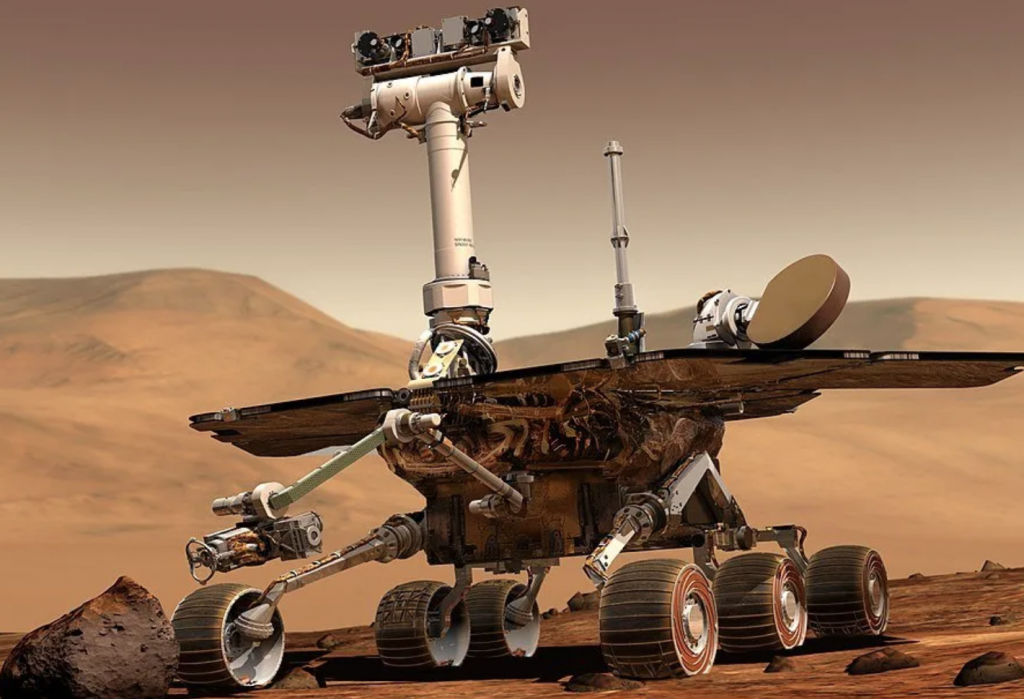
ExoMars Rover will navigate and investigate Mars using AI assistance.
Scientists to Use Machine Learning in Collecting, Analyzing Mars Samples
When space explorers land on other planets, a lot of the work is studying the planet’s composition. Bacteria, in particular, is of interest because it reveals what type of life may exist or may have existed on that planet. Right now the planet our space agencies are most interested in is Mars.
Researchers at NASA have been hard at work on a pilot AI system intended to help future exploration missions find evidence of life on other planets in our solar system. Machine learning algorithms will help exploration devices analyze soil samples on Mars and return the most relevant data to NASA. The pilot program is currently slated for a test run during the ExoMars mission, which will launch in mid-2022.
As IEEE Spectrum reports, the decision to use machine learning and artificial intelligence to aid the search for life on other planets was driven largely by Eric Lyness, the head of the Goddard Planetary Environments Lab at NASA. Lyness came up with ways of automating geochemical analyses of samples taken in other parts of our solar system. Machine learning will also automate the rover’s ability to collect and analyze Martian soil samples on the ExoMars mission.
In a story on the combination of AI with space exploration on unite.ai, writer Daniel Nelson explains the AI will be used to break down the chemical content of the rocks and other substances by digging down two meters into the soil because it hasn’t been exposed to the UV light of the sun.
The researchers are studying a mineral called montmorillonite. Montmorillonite is commonly found within the Martian soil, and the researchers are aiming to understand how the mineral could manifest itself within a mass spectrum. The team of researchers includes montmorillonite samples to see how that output of the mass spectrometer changes, giving them clues as to what the mineral looks like within a mass spectrum. The AI algorithms will assist the researchers in extracting meaningful patterns from the mass spectrometer.
“It could take a long time to really break down a spectrum and understand why you’re seeing peaks at certain [masses] in the spectrum,” Lyness told IEEE Spectrum. “So anything you can do to point scientists into a direction that says, ‘Don’t worry, I know it’s not this kind of thing or that kind of thing,’ they can more quickly identify what’s in there.”
According to Lyness, the ExoMars mission will be an excellent test case for the AI algorithms designed to help interpret the mass spectrums generated by samples.
In addition to exploring the Red Planet, the system may be used in a NASA mission to Saturn’s moon Titan, now scheduled for launch in 2026. The mission will rely on the Dragonfly octocopter drone to fly from one location to the next through Titan’s dense atmosphere to drill for bacteria samples.
read more at spectrum.ieee.org







Leave A Comment